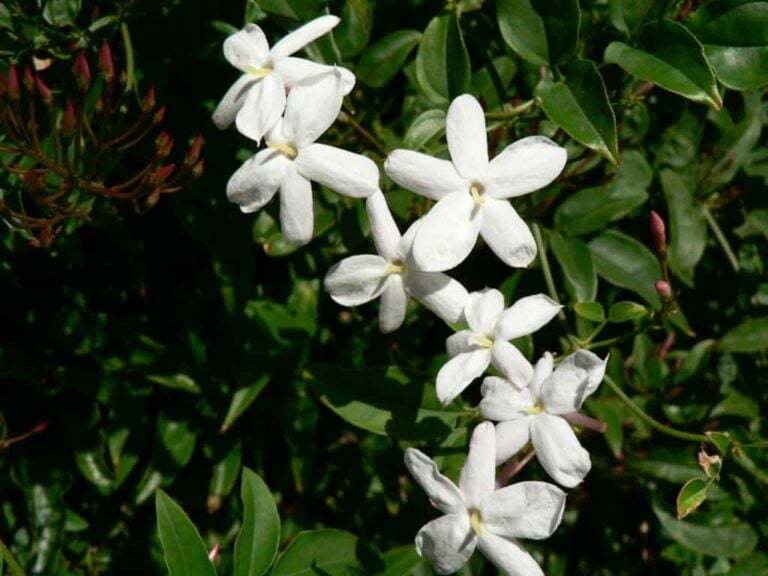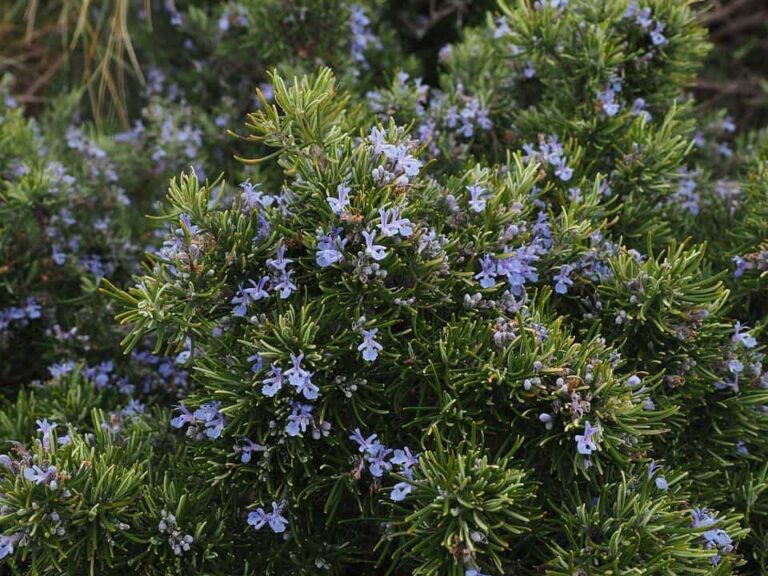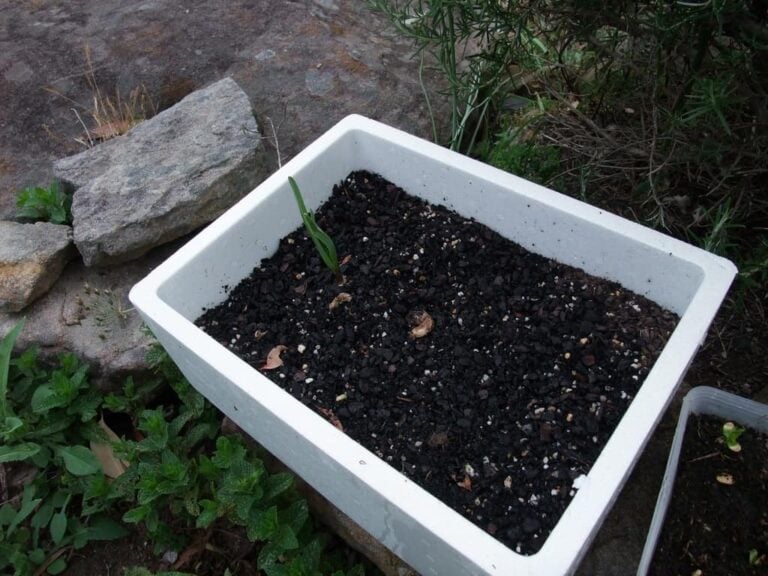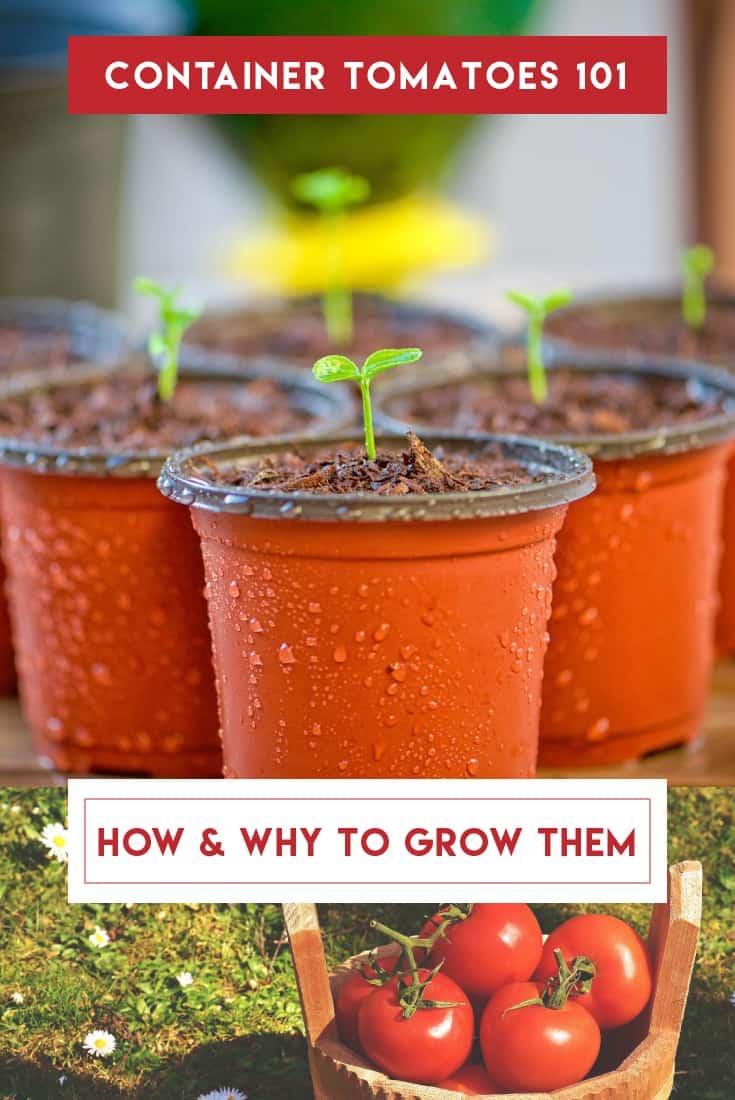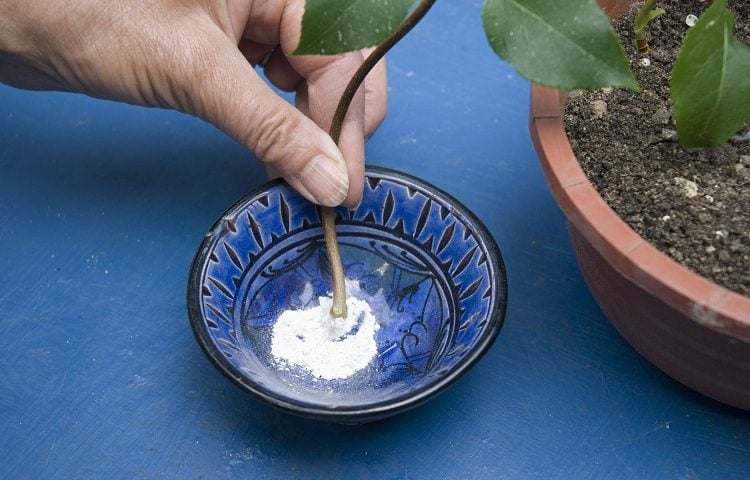Keep Cool With These Shade Garden Ideas
Living in a shady location doesn’t mean you have to sacrifice a garden. In fact, shade gardening boasts some of the most interesting, textured plants. A shade garden can also provide a truly tranquil retreat, right in your own yard. These shade garden ideas will inspire you to create a one-of-a kind shade garden, full of beautiful shrubs, trees, and plants that thrive in low-light conditions.
Make a Minimalistic Path
What’s the point of a beautiful shade garden without a convenient way to walk through it? Before you plan out what you’ll be planting in your garden, draw out a plan for a simple path that takes you through it. This will help you figure out where to place your plants and how much space you’ll have left over.
Shade garden paths are also good for separating the space, since shade garden plants tend to spread. You want your shade garden to look more like a planned out nature retreat than a jumbled jungle of greenery. Use the path as a guide to plan out the rest of your garden. Divide the garden into sections, or create a winding path that will give visitors a sense of suspense as they move through your garden (source).
Create a path that will blend naturally with your shade garden once things begin to grow. Rocks or mulch give the path a natural feel that makes your path look effortless.
Embrace Texture
It can be difficult to pick out the best plants that will thrive in your shade garden, since experimenting with light and moisture can be tricky. Fortunately, shade gardens can boast some of the most unique plants, full of texture, shades of green, and bold colors you wouldn’t find in a regular garden.
So, it’s time to move out of your comfort zone with your shade garden. Try out plants with tons of texture, from bush-like to long, pointed leaves. Ferns, for example, tend to fare well in shady areas, and their leaves are like no other plant’s leaves.
Other uniquely-textured plants that work well in shade gardens include:
- Hosta, which thrives in shade and comes in several different varieties for a range of looks
- Aucuba, which has clustered leaves with bright yellow spots
- Coral bells, with clustered, purplish-white leaves
- Hyacinth, which grows long, thick, grass-like vertical leaves and sprouts beautiful flowers (source)
Design a Hidden Retreat
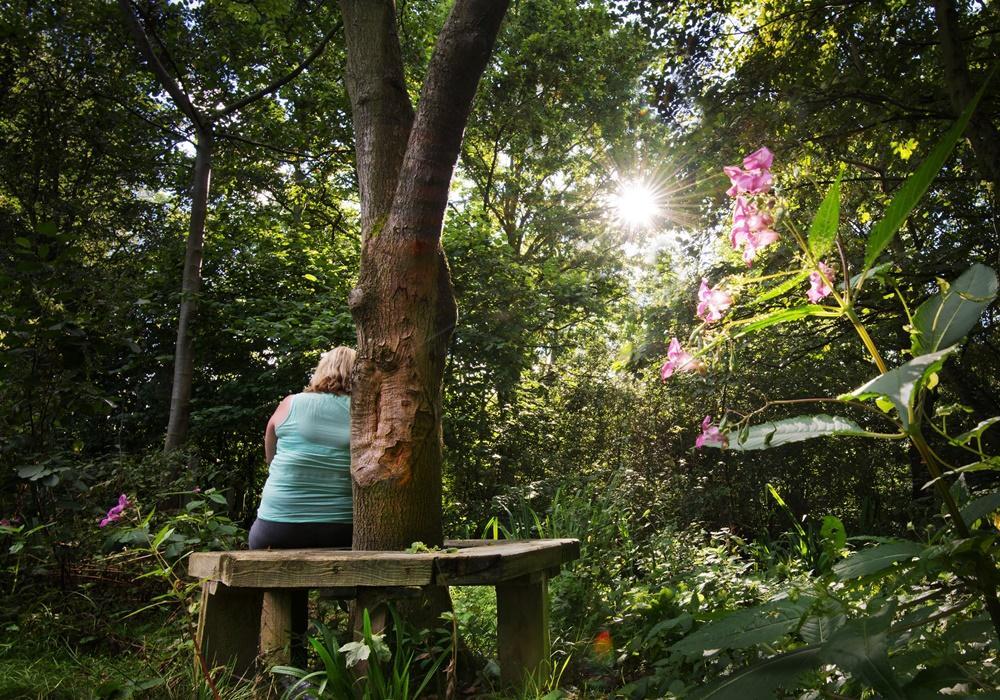
A shade garden is the perfect type of garden to create a tranquil, hidden retreat, secluded within the shade of lush greenery, trees, and cool air. Use the natural landscape around you to design a cozy seating area within your shade garden that fits naturally within.
Construct a bench that fits around the tallest, most shady tree in your garden. It doesn’t have to be anything elaborate, but instead, something that can give you a secluded spot to enjoy the views of your garden.
An iron table and chair set work well within a shaded garden landscape. Or, paint a wooden table and chairs set a bright green to both mimic, and somewhat offset, the lush greenery of the garden. Place them on a small, circular area of stone or pavers within the garden. Add a small water fountain or bird bath to create a more relaxed environment in your retreat.
Don’t Stick to Greens
Many people might think a shade garden has to be all about the color green. In reality, there are several types of colored plants and flowers that work well in shade gardens. The key is to add them subtly, rather than allow color to overpower your shade garden. Still, color can add some depth and aesthetic pleasure to your shade garden.
Gardeners.com recommends the following plants and flowers that can add beautiful bursts of color into your shade garden:
- Tiarella cordifolia: With matte leaves and tall white or pink flowers, this unique plant will also add some bright, contrasting color to the greenscape of your shade garden.
- Astilbe: This plant comes in a variety of leaf colors, including dark red, bronze, and blue green, and several flower colors, heights, and bloom times.
- Pulmonaria: This plant has silvery leaves, either spotted or fully colored, and its flowers are usually multi-colored with blue, pink, and white shades.
- Hakonechloa: Also known as Japanese forest grass, this plant grows long, grass-like foliage that forms a clustered bush. It turns beautiful shades of light and bright yellowish-greens that stands out from other greens.
Use Ground Covers
Ground cover plants help minimize your workload in your shade garden by eliminating the need for grass, controlling weeds, and covering bare spaces. Grass can look great in areas where you don’t intend to grow plants, but it can be more hassle than it’s worth. Ground cover plants work to fill in bare spaces with minimal maintenance required (source).
Garden Time TV created an instructional video about the top 10 ground cover plants to use in your garden, depending on the color and texture you’re looking for:
After you choose the perfect ground cover and plant it, use at least two inches of mulch over the area. This will help your soil retain moisture and keep the area from sprouting unwanted weeds (source).
Add Decorative Elements
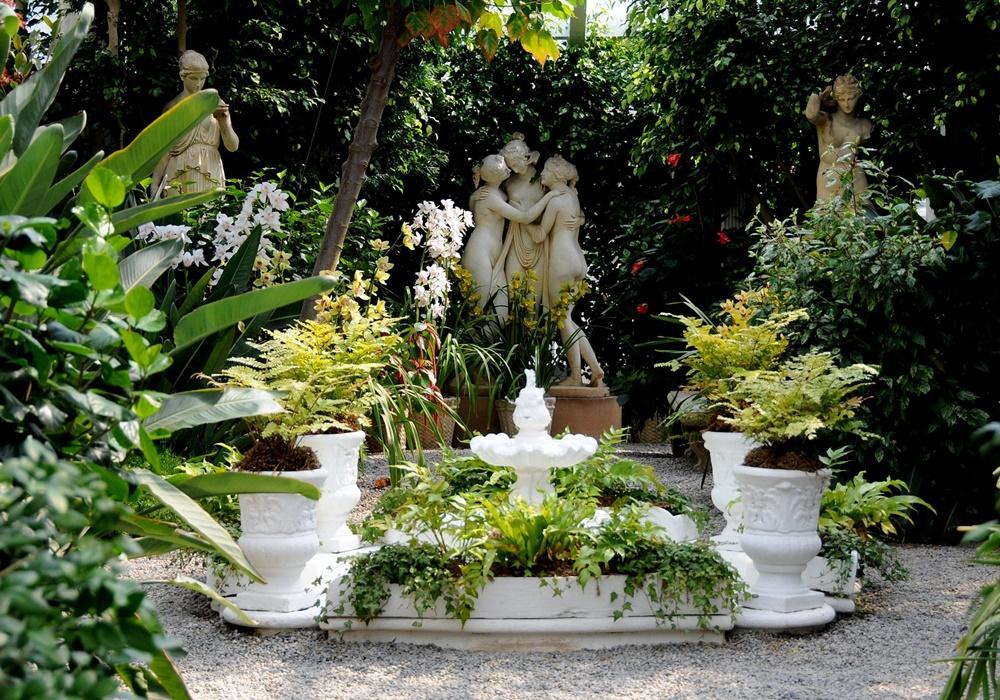
A shade garden doesn’t have to be all about the plants. It’s your outdoor retreat, so you can add different elements to make it more personal to you and your needs. The key to making them work within your garden space is to keep the overall design looking natural.
Use sculptures with natural white, gray, or beige colors. Add terracotta pots with some brightly-colored flowers or plants sporadically throughout the garden. Place some spaced-out arbors with climbing vines along your garden path. Create a small pond or fountain near your seating area for both a decorative and relaxing piece. A small, boldly-colored footbridge can be a charming addition to your garden path.
Photo Credit
Photo by Daderot licensed under CC0
Photo by Stephen Bowler licensed under CC BY 2.0
Photo by Nathan Siemers licensed under CC BY-SA 2.0

